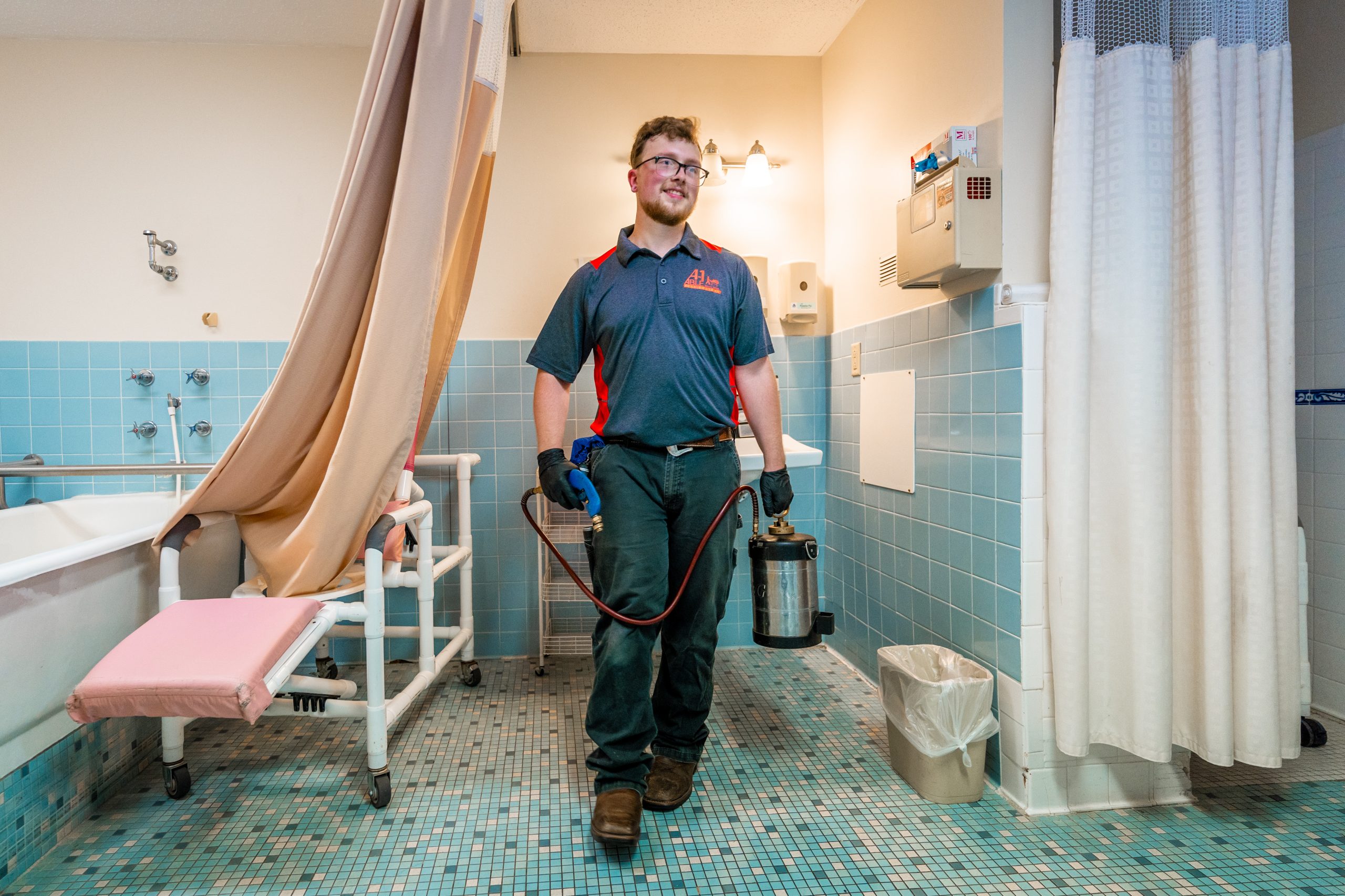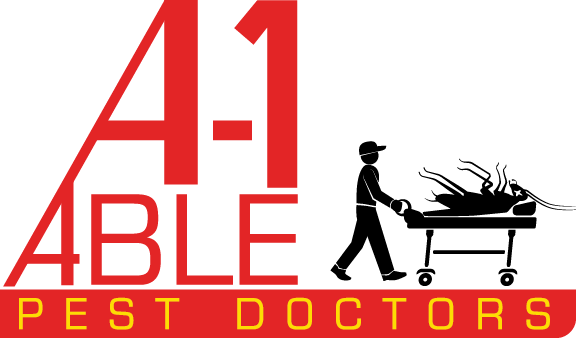
In today’s business landscape, IPM has become an essential component of pest management due to its emphasis on safety, sustainability, and cost-effectiveness. By integrating various control methods and focusing on long-term prevention, it allows businesses a smarter and more responsible way to manage pests. This article talks about why integrated pest management is so important, and how to implement it in your business.
The Importance of IPM for Businesses
Protecting Your Brand and Reputation
A pest infestation can do more than just damage property—it can also damage your brand’s reputation. For businesses in sectors like food service, hospitality, and healthcare, even a single pest sighting can lead to negative reviews, lost customers, and potential legal issues. Implementing an integrated pest management strategy helps prevent these scenarios by keeping pests at bay.
Ensuring a Safe and Healthy Environment
Pests are more than just a nuisance—they can pose serious health risks to your employees and customers. From spreading diseases to contaminating food and surfaces, pests can compromise the safety and hygiene of your business environment. IPM helps maintain a healthy workplace by addressing pest issues proactively.
Compliance with Regulations
Many industries are subject to strict regulations regarding pest control, particularly in food-related sectors. IPM helps businesses comply with these regulations by providing a documented, systematic approach to pest management that meets industry standards.
Cost-Effectiveness of IPM
While traditional pest control methods may provide short-term relief, they often lead to recurring issues that require ongoing treatments. IPM, on the other hand, focuses on long-term prevention, reducing the need for frequent interventions and saving businesses money in the long run.
Steps to Implement an IPM Strategy in Your Business
Step 1: Conducting a Thorough Assessment
The first step in implementing an IPM strategy is to conduct a comprehensive assessment of your business premises. This involves identifying potential pest entry points, food and water sources, and areas that could harbor pests.
Step 2: Setting Action Thresholds
Action thresholds are predetermined levels of pest activity that trigger intervention. By setting these thresholds, you can ensure that pest control measures are only applied when necessary, reducing the risk of over-treatment.
Step 3: Implementing Prevention Tactics
Prevention tactics are designed to reduce the conditions that attract pests to your business. This may include improving sanitation practices, securing food storage areas, and repairing structural issues that allow pests to enter.
Step 4: Applying Control Methods
When pests are detected, control methods are applied based on the specific needs of your business. This may involve the use of traps, biological controls, or targeted chemical treatments, all of which are selected to minimize risks to people and the environment. If these do not work, it is time to call in professional pest control services.
Step 5: Regular Monitoring and Record-Keeping
Ongoing monitoring and record-keeping are essential for tracking the success of your IPM strategy. This allows you to identify trends, adjust your approach as needed, and ensure that pest populations remain under control.
Integrated pest management (IPM) offers businesses a comprehensive, sustainable, and effective approach to pest control. By focusing on prevention, monitoring, and targeted interventions, IPM not only helps businesses maintain a pest-free environment but also protects their reputation, ensures compliance with regulations, and supports long-term sustainability. As more businesses recognize the value of IPM, it’s clear that this approach is the future of pest management. If you are looking for further help in implementing IPM, contact the professionals at A-1 Able Pest Doctors. With over 85 years in the industry, they can help you get on the right track. Call today to learn more!
continue reading
Related Posts
In today’s world, where environmental consciousness is on the rise, […]
If you own a home or business and find yourself […]


